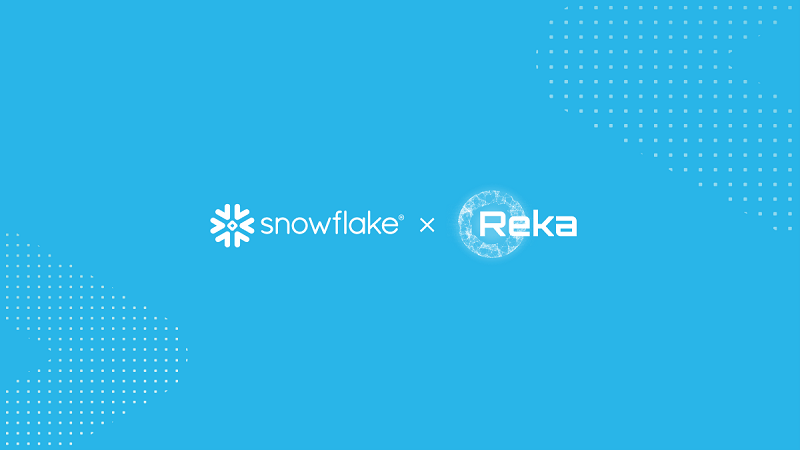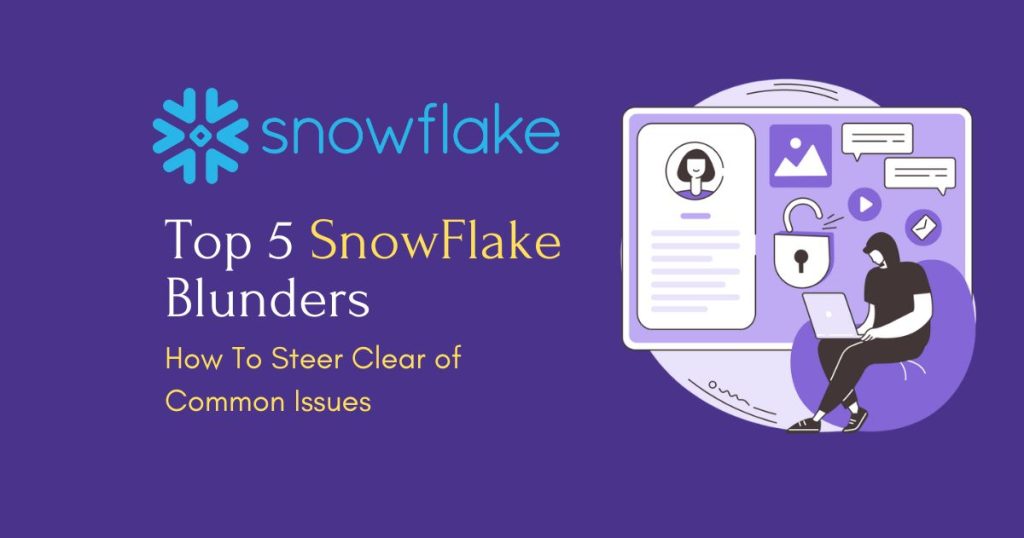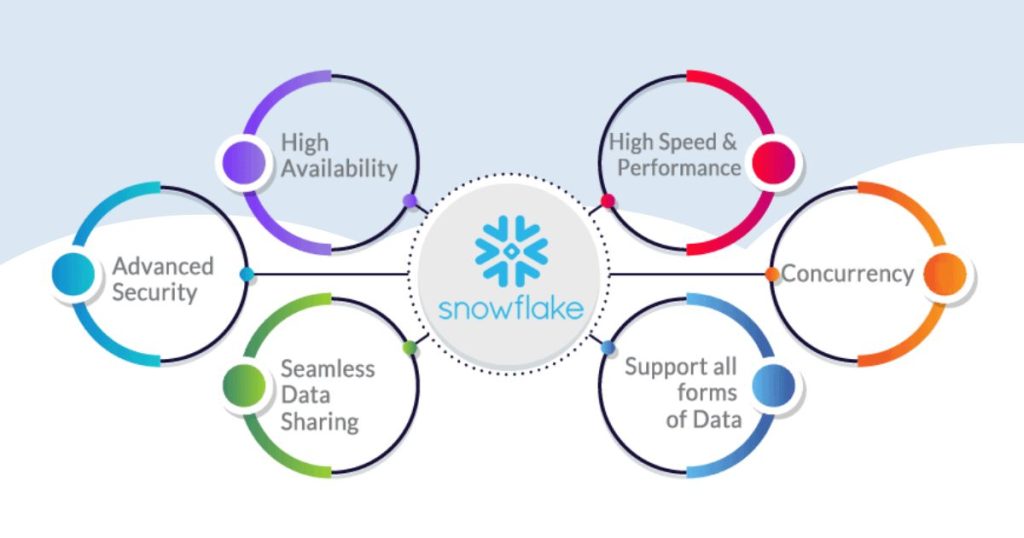Amidst the constant changes that represent today’s IT environment and the rising importance of data applications, Snowflake Cloud Data Warehouse has become one of the most valuable platforms for comprehensive and high-performance modernization and scaling of data applications. Whether you are a first-time entrepreneur, an experienced data engineer, or just a programmer who wants to learn about emerging technologies, mastering the approach described below and knowing how to make correct decisions for your case will help you significantly improve your chances of developing top-tier data apps based on Snowflake. In this educative article, you will gain insights concerning essential components, strategies, and real-world guides for advancing modern data apps in Snowflake development services.
The Data Cloud Paradigm:
It may be stated that the dawn of a new frontier should be advocated for the rather risky nature of using this strategy.
What is the Data Cloud?
A data cloud is a unified and converged virtual storage space where data of various formats and types are stored with the help of cloud computing technology.
The Data Cloud captures a new approach to Data management and processes through governance, sharing, and analytics. It is beyond conventional data repositories that restrict raw data in isolated pools to accommodate other elements such as data originators and customers. Capitalizing on the Cloud Data Warehousing, Snowflake is in the forefront of this new revolution, as it provides a secure, elastic, and georedundant platform for data storage and computing.
Why Choose Snowflake?
Elasticity and Scalability
By developing a massively parallel, distributed, shared-nothing architecture, Snowflake can automatically scale itself according to the workload required. Regardless if you deal with Terabytes or Petabytes, Snowflake scales resources to meet needs and ensure optimal performance.
Separation of Storage and Compute
Snowflake is a tool that separates storage from compute, a cost-effective approach to storing data and efficient query computations are made.
Zero Management Overhead
Never mind about making choices and adjustments in the point of infrastructure creation, usage or optimization. That is where Snowflake takes care of it, letting you concentrate on creating your data apps.
Data Sharing and Collaboration
Collaborate with other organizations, transfer sensitive datasets between organizational boundaries, and generate revenue from your data assets, all with Data Cloud.
Areas Where Data Applications Are Used
1. Customer 360 Data Apps
Challenge: How to build a Big Picture of all customer relations based on multiple small pieces of information drawn from various sources.
Solution: Based on the topic, it is possible to conclude that Snowflake’s flexibility in ingesting, processing, and analyzing various forms of data allows for the construction of a comprehensive customer view. Using transactional data, emails, sales records, or even real-time clickstream data, Snowflake can derive the appropriate context for marketing, sales, and customer engagement.
2. IoT Data Apps
Challenge: Real-time data analytics processing and data management of huge datasets of time series data coming from smart devices and sensors.
Solution: Snowflake made some near-real-time analytics hence using the platform it is easy to ingest and analyze IoT data at scale. Regardless of the data apps, whether it is smart city management, connected cars or industrial IoT sensors, the results are actionable intelligence with Snowflake.
3. Application Health and Security Economics Analytics Data Apps
Challenge: Security threats are often detected using log data and application health is closely monitored.
Solution: Information is submitted to Snowflake data warehousing where log data analysis is easily accomplished. Query snowflake analytics for detecting anomalies, monitoring performance, & strengthening the organization’s security.
4. Machine Learning (ML) And Data Science Apps
Specifically, these are the categories of apps that primarily deal with Machine Learning (ML) and Data Science domain.
Challenge: Training and designing of more MNs to be used for predictive purposes.
Solution: This work will show that Snowflake easily interoperates with popular machine-learning frameworks. Build prediction models of trains running, score data and even build recommendation systems all under one roof.
6. Embedded Analytics Data Apps
Challenge: Bring measurable value to your application in the form of branded analysis and modifiable visualizations.
Solution: Key integrations include Snowflake Data Sharing – the ability to share data with external partners without copying – and reverse ETL, which allows embedding analytics into any application. Enable users to quickly capture valuable information to use in other contexts, and do all that without having to exit the application.
Building Your Data Application on SnowFlake
Practical Steps:
-
- Data Modeling: Here, you have to map out your Snowflake schema including tables and views. Latch on onto Snowflake to structured and the semi-structured data.
- Data Loading: Consume into Snowflake data from multiple sources, cloud storage, databases, and APIs among them. Employ Snowpipe for live data ingestion.
- Query Optimization: The performance of the SQL queries also matters and can be implemented in the following ways: Make use of snowflakes summarize shade, query fingerprinting, shade quality, query improvement, and other related features.
- Security and Access Control: Snowflake role based access control model is a secure and proficient way to manage user access to resources and data. In simple terms, these are the responsibilities, permissions, and rights at the data apps layer. Protect data from unauthorized access and again make sure the organization is in line with laws created with regards to data protection.
- Materialized Views and Result Caching: For enhancing queries at a greater scale, make use of materialized view and caching of result sets to be used in subsequent large-scale queries.
- Monitoring and Alerts: The next feature ties closely with the previous one: Established monitoring; tracking the performance of the query; and set up alerts for out-of-limit situations.
Empowering Data-Driven Innovation
Snowflake modern Data Warehouse assists startups, big businesses, and the developers of contemporary applications in data applications that drive innovation. Whether they’re curating micro-moments, mastering data for better applications, IoT analysis, or embedding analytics, Snowflake makes it work. Experience your next data applications frontier—powered by Snowflake, and take advantage of expert data warehousing consulting to maximize your potential.
Conclusion:
In this comprehensive article, we’ve explored the power of Snowflake’s Cloud Data Warehouse for creating contemporary data apps. Whether you’re a startup founder or a seasoned data professional, Snowflake’s Data Cloud offers the scalability, flexibility, and security needed to build cutting-edge solutions. If you have any questions or need further guidance, feel free to ask!



